The Reserve Bank of India is clear that it wants to bring the consumer price index-based (CPI) inflation to 4% on a sustainable basis. While stating that the RBI seems confident of achieving this goal, Shamika Ravi, member, Prime Minister’s Economic Advisory Council, however, noted that some aspects of food inflation are not necessarily bad, given that these entail transfer to producers. In an interview with Priyansh Verma, the noted economist also highlighted the credibility loss being faced by global rating agencies, and opined that their parameters to assess the subject entities including sovereigns are biased in certain way.
Q. In a recent article, you had mentioned that socioeconomic surveys in India have tended to have a “rural bias”. Could you elaborate on this?
Q. What is the solution to this?
A. Since the census is a decadal exercise, the least one can do is to change the framework for conducting surveys. The framework should be based on the population projections, which are done every time the census is conducted. The sampling methodology for the surveys should look at the population projections, not the census. The projections have a lesser bias as they take into the account the past rate of urbanisation. The urban rate is not linear.
Q. There is also a lag in releasing key surveys, such as PLFS…
A. We need the (PLFS) reports to come out sooner. There is an issue of representation and the response rate as well. We have found that rich people don’t want to participate in surveys. This leads to bias. Data quality needs to improve. We have a lot of data, but need to improve their quality
Q. You recently criticised Moody’s Investor Service comment on Manipur. Do you feel that global rating agencies, such as Moody’s, Fitch, and S&P need to change the way they assess India’s macroeconomic fundamentals and government finances?
A. I believe the methodology that they use for assessment should not be so opaque. One needs to know how the ratings are making assessments of India’s macroeconomic fundamentals, the weightage they assign to different parameters such as, say, the Manipur incident. In many surveys that rating agencies put out, there is apparently a considerable amount of subjectivity. And that subjectivity is biased in a certain way. These agencies are going through a credibility crisis globally. If I were into capital markets, I would have looked at the rating that these agencies give and the actual flow of money.
Q. How do you see the impact of the ongoing Israel-Hamas on India’s economy?
A. Rising energy prices are obviously going to impact India. We are concerned with rising prices, whether it’s in account of the Russia-Ukraine war or the Israel-Gaza war. Anything that affects my growth rate quarter to quarter is a problem. The global economy is quite tumultuous. We are $2,300 per capita income economy. Our growth is non-negotiable. So far, we have been able to manage our growth.
Q. Can we attain 4% CPI inflation on durable basis by next year, as RBI projected, given there are risks to food inflation?
A. The RBI seems confident with its projections. It seems we’ll meet (the projections). But it may be noted that some aspects of food inflation are not bad. Particularly from the agriculture sector, this is a transfer to producers. High food inflation, with respect to some commodities, is not a cause of alarm the way it’s made out to be. A certain amount of inflation is healthy and there is a redistribution impact in the economy.
Q. RBI has often been not accurate on its inflation projections. They revised Q2 CPI projections thrice…
A. That tells you that we need to have better estimates. There is no substitute to data quality. An institution which has so much research capacity. RBI’s estimates have to get better with time.
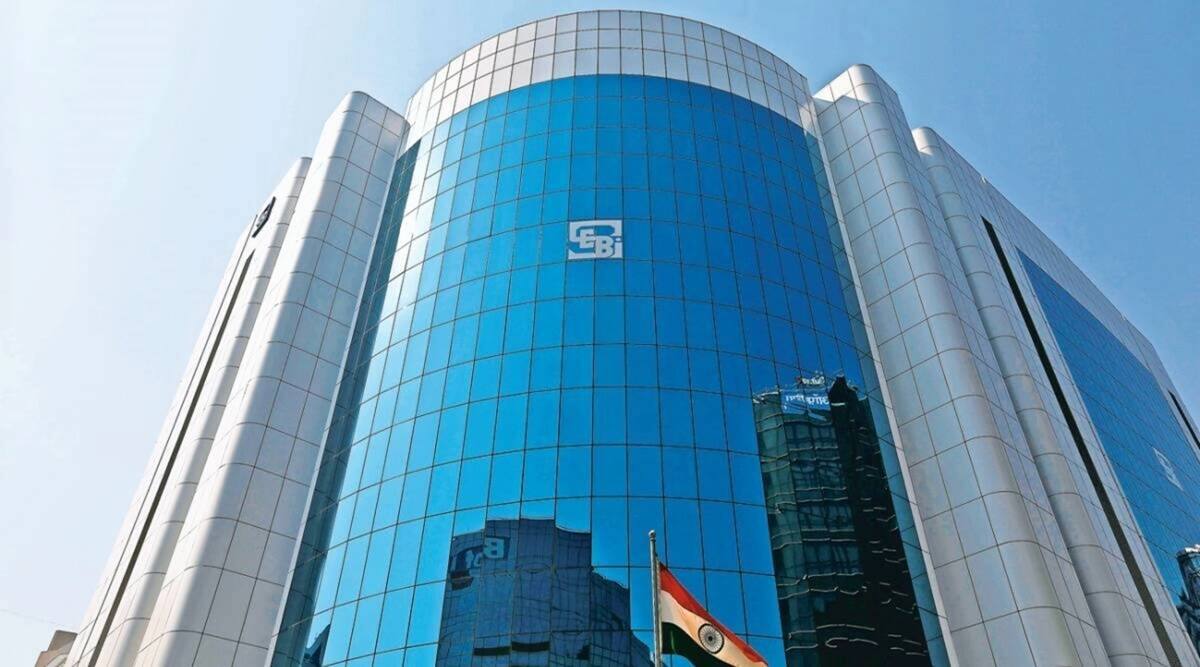
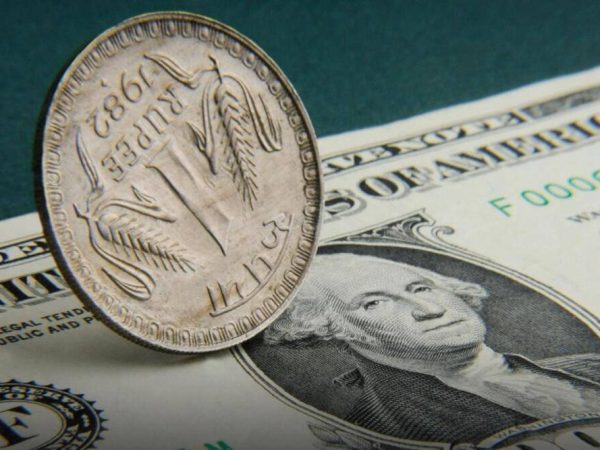
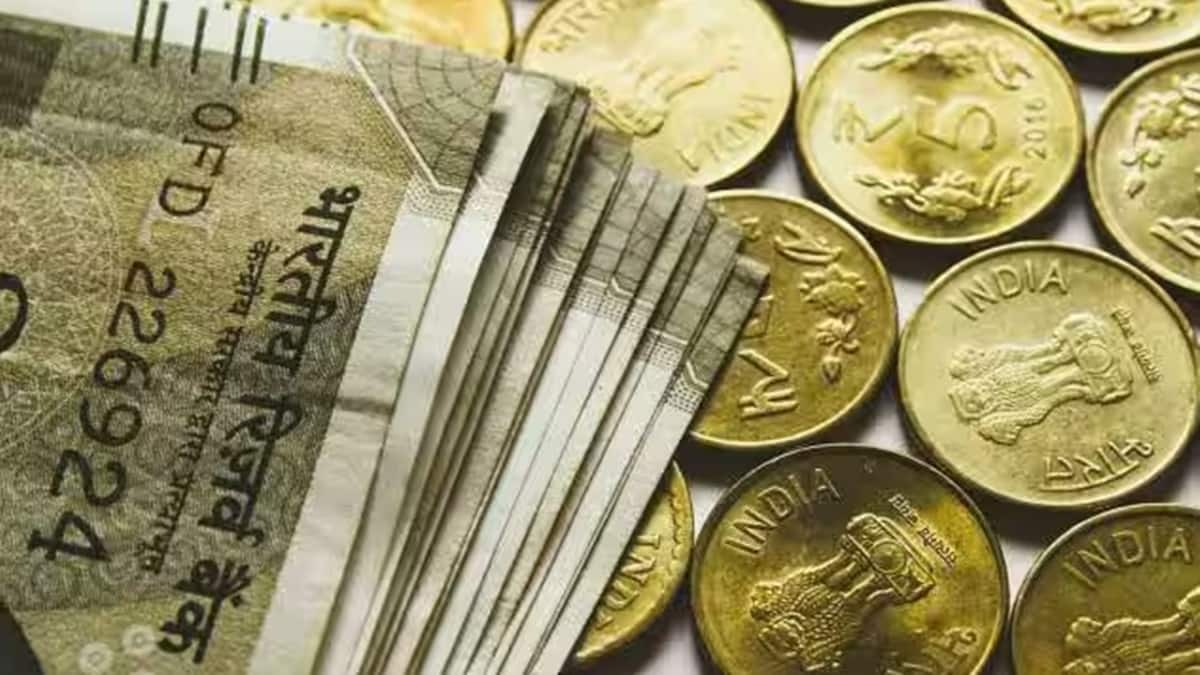
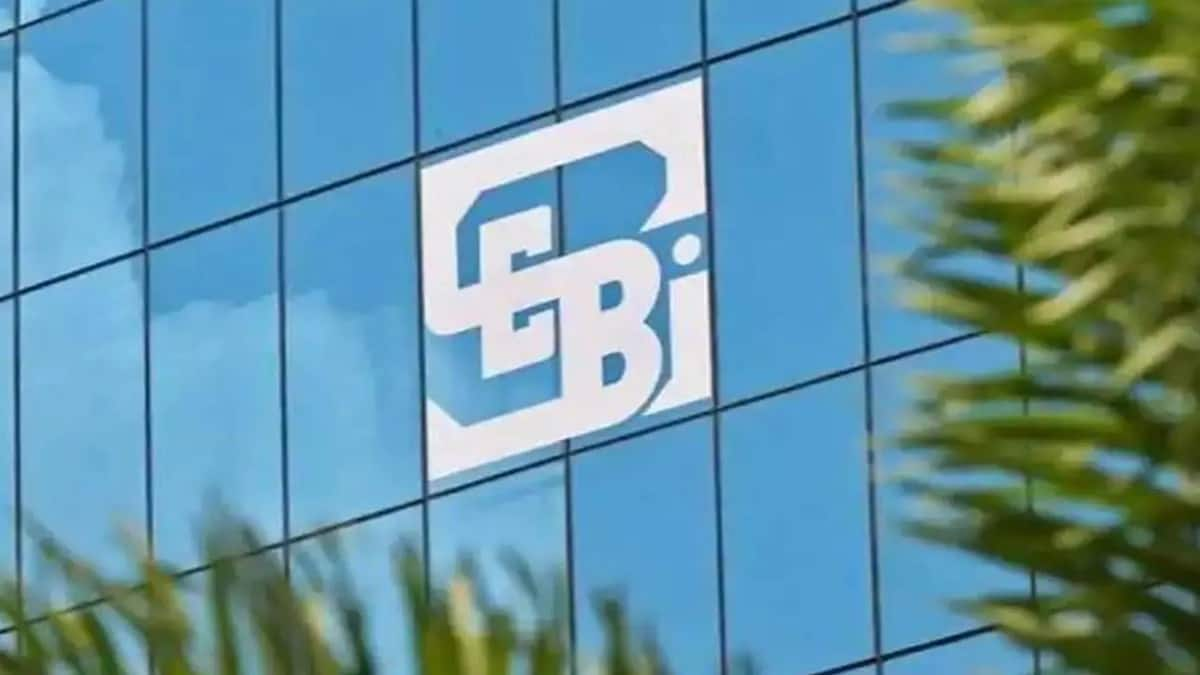

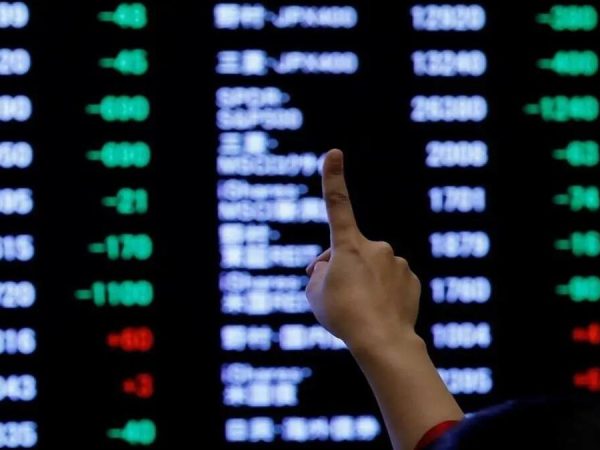



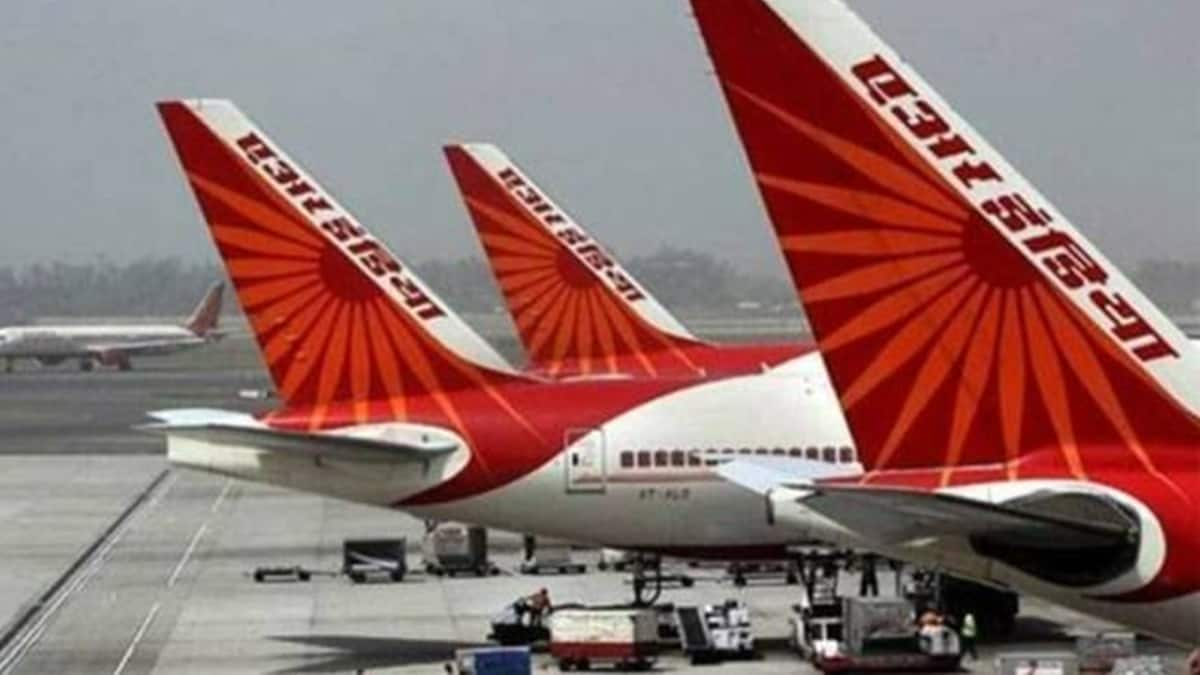
Recent Comments